By David Alan Johnson
By the latter part of the 15th century, armor worn by knights in the field had reached its pinnacle. It was stronger, lighter, and offered better protection than anything that had been available before. The long bow was still able to penetrate armor plate, but the weapon that would finally make the suit of armor obsolete was the cannon and, to a lesser extent, the clumsy musket and arquebus.
Most cannon were cast from bronze using the same technique that was used to make bells: Molten metal was poured into a mold that was then broken when the metal had cooled. Because bell foundries had the facilities, many cannon were actually made by the same people who manufactured church bells. One fairly early bronze cannon was the two-ton “Messager,” which was made at the Tower of London armories in 1408. The few iron cannon in existence were made from long iron bars that were welded together and reinforced with metal hoops. These tended to be extremely awkward and were not the safest of weapons to fire.
The Science of Ballistics
The science of ballistics was still in its infancy in the 15th century and the reliability of artillery was uncertain at best. Not very much was known about how much stress a casting could withstand or how much blast a cannon’s breach could resist. The amount of gunpowder that should be used to fire a cannonball, which was usually a large stone, was also far from standard.
This is not surprising since there were few standards at all concerning artillery in the 15th century. Just about everything from the manufacturing of cannon to firing them in the field was based on guesswork. The usual method of firing a cannon was to ram a charge of gunpowder down the barrel, follow this with a large stone, light the touchhole, and hope for the best. Since the quality of the gunpowder was as uncertain as the weapons themselves, cannon could be as deadly for the gunners as for the enemy. Artillery pieces regularly blew up, killing anyone standing nearby. King James II of Scotland was one early casualty of a bursting cannon. He was killed along with the gun’s crew when one of his guns burst at the siege of Roxburgh Castle in 1460.
“Fire Vases”
The cannon was not a new weapon. They were used at the Battle of Crécy, when they were referred to as “fire vases” and were considered to be more of a curiosity than a weapon. In the 15th century, they were used primarily as siege weapons to blast holes in castle walls. Artillery did not play a significant role in the War of the Roses, with the exception of “Lose-Coat Field” in March 1471. There the first round of King Edward’s cannon caused panic in the Lancastrian ranks. Men fled from the field of battle, throwing away their liveried coats as they ran.
Cannon fire was also effective for defense. In 1453, Lord John Talbot made a frontal assault on the French town of Castillon with a fairly sizable force. In spite of the fact that Talbot’s men wore armor plate, they did not stand a chance against Castillon’s defending artillery. The troops were ripped to pieces by the guns, their armor literally blasted apart. Talbot himself was among those killed by the cannon fire.
Because of the unreliability of medieval cannon and their tendency to blow up in the faces of gunners, artillery was generally regarded with suspicion. It was not until the 16th century when much-needed refinements were made in the casting and boring of cannon that they became reliable weapons. By that time, cast iron cannon were being made and better quality gunpowder and lead cannon shot were widely used.
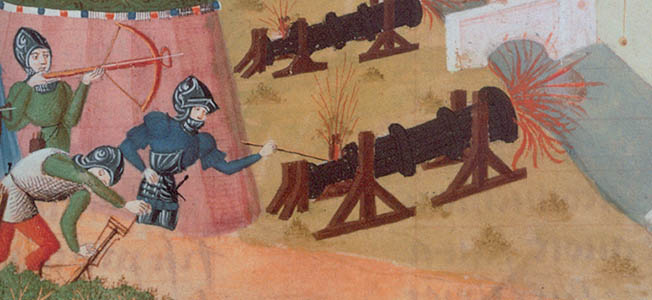


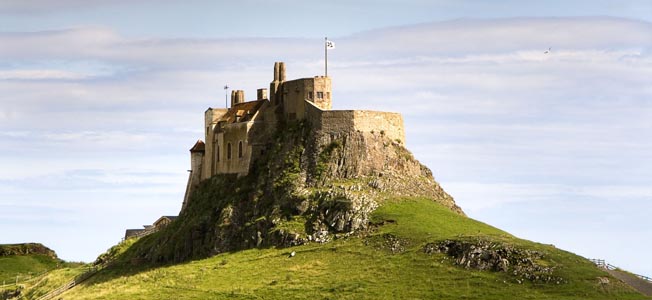
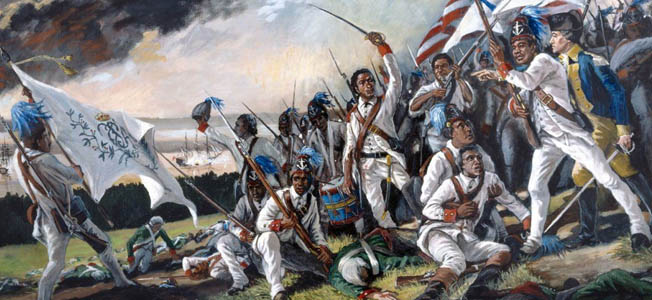
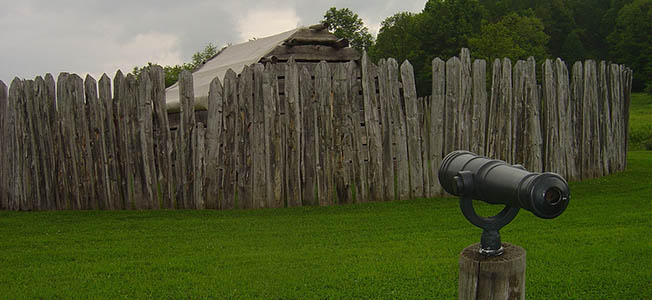
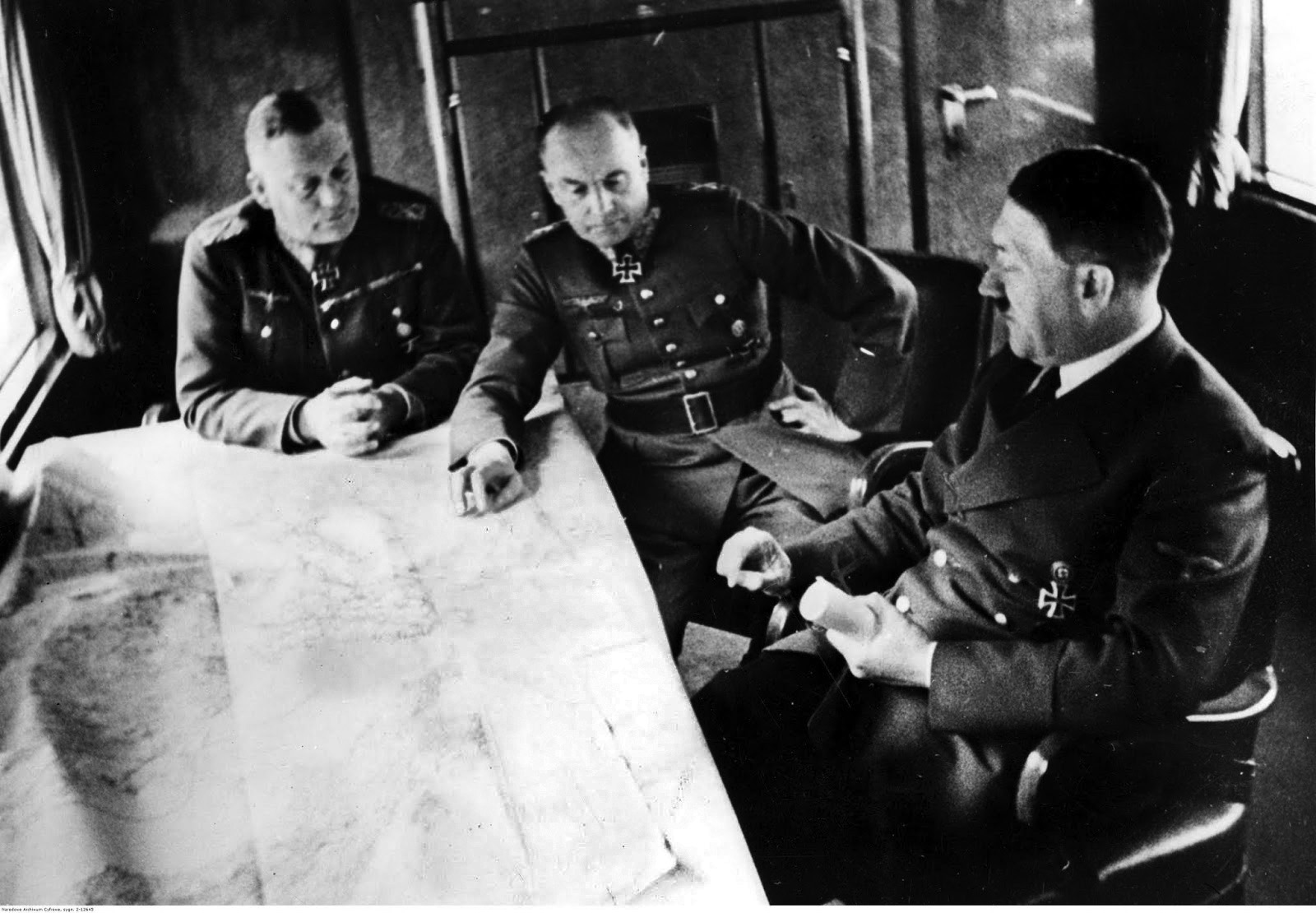
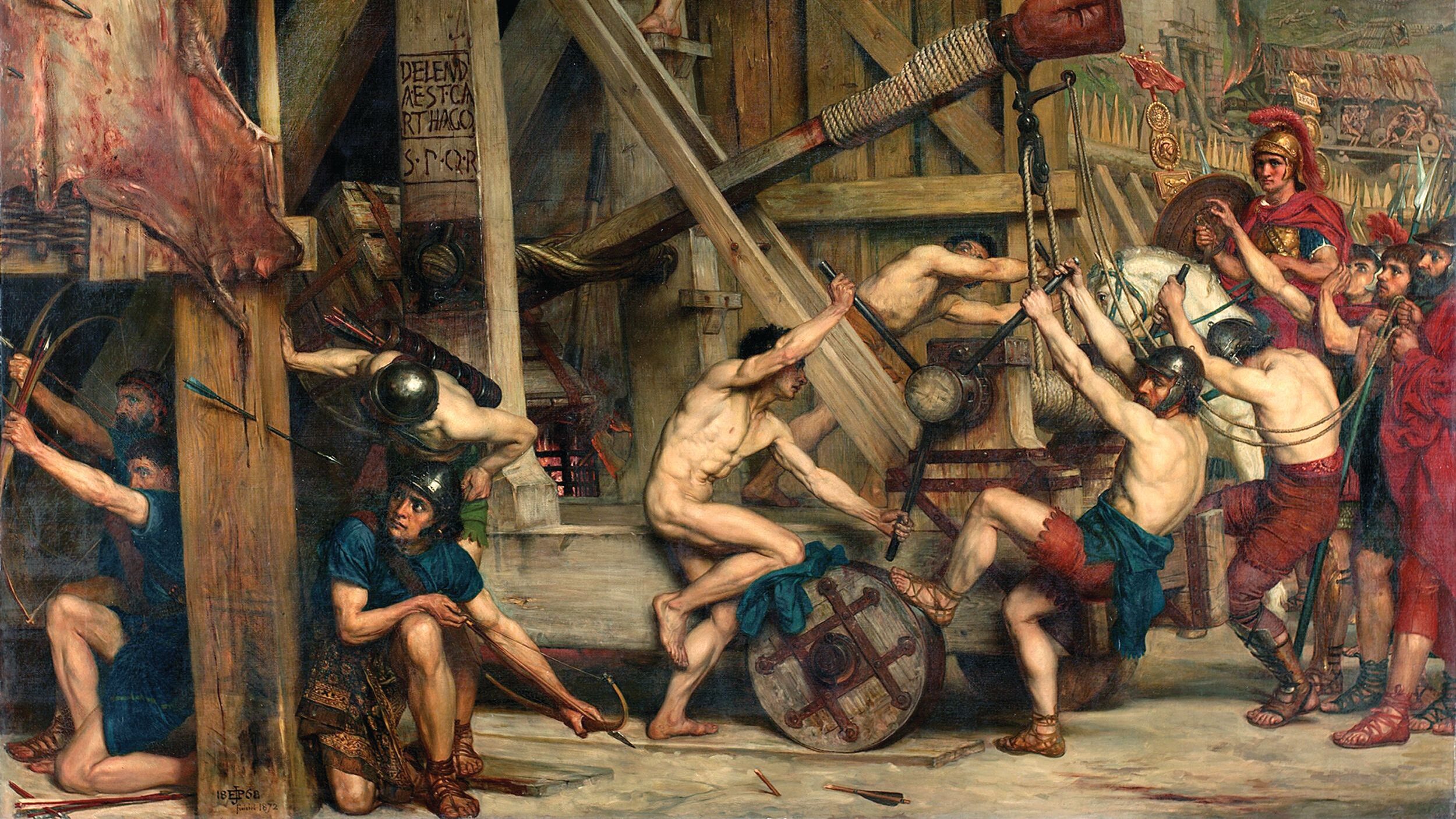
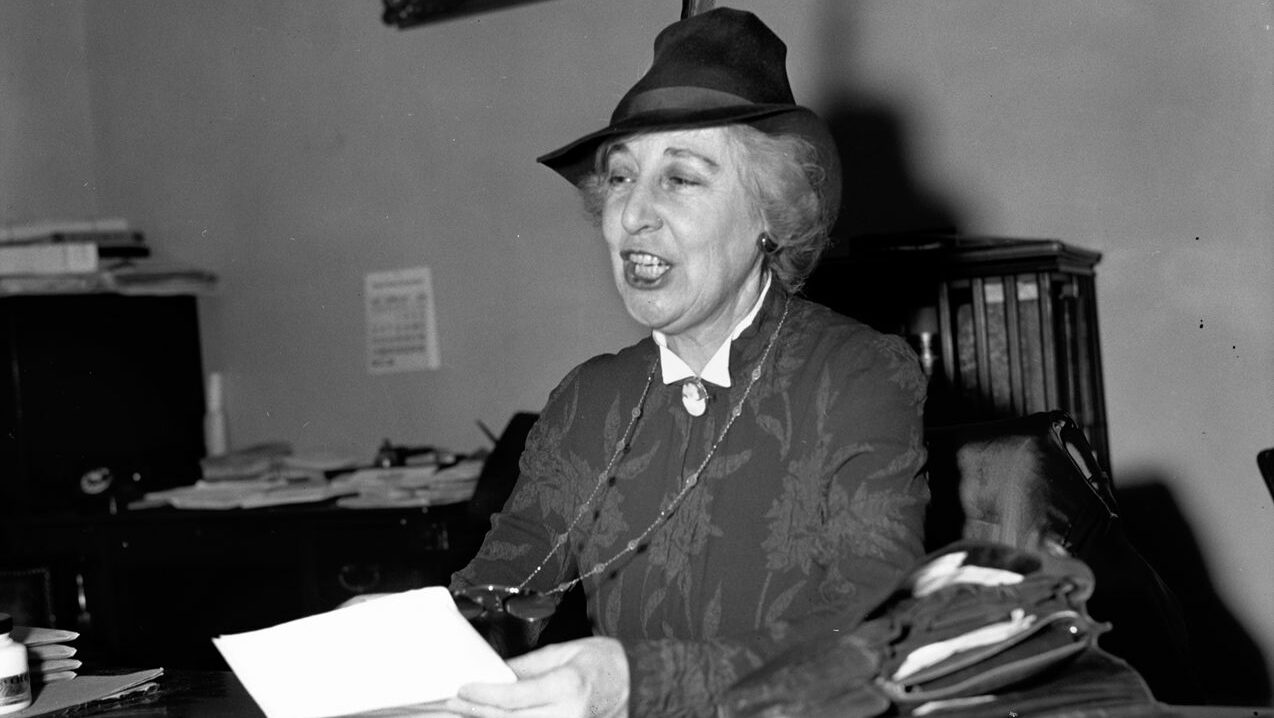
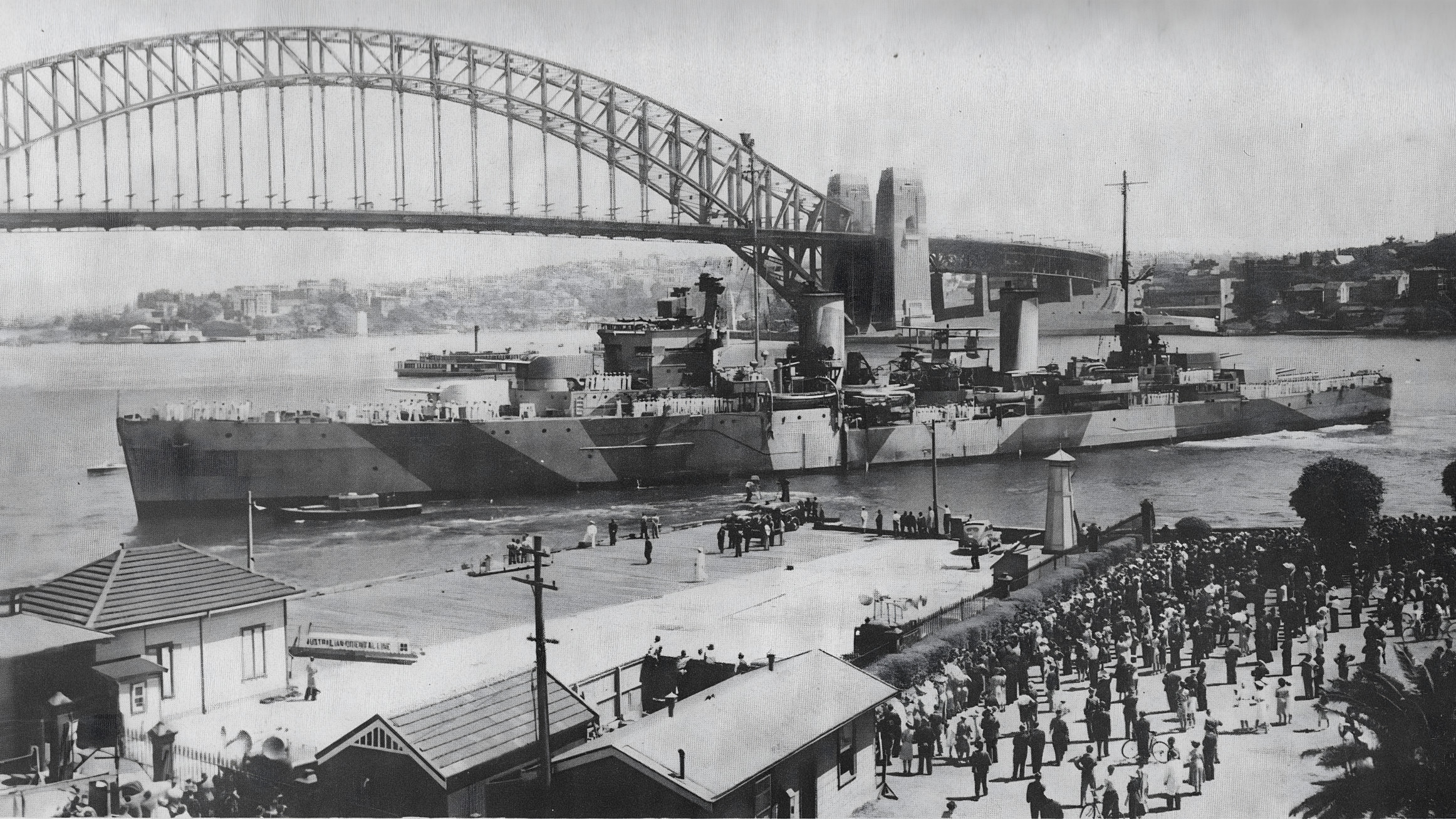
Join The Conversation
Comments
View All Comments